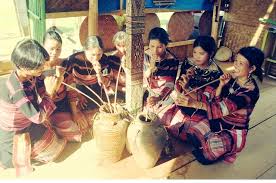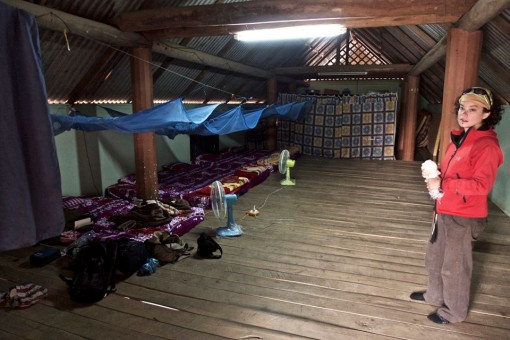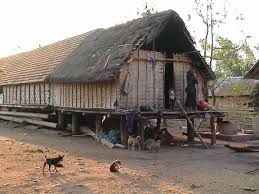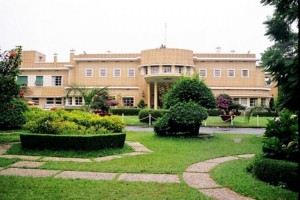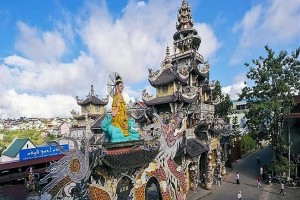The local people of Dalat Vietnam.
The K’Ho, Cơ Ho, or Koho are an ethnic group living in the LAm Dong province of Vietnam’s Central Highlands. They speak a Mon–Khmer language. The Lạch people ( one of the branches of K’ho tribe) is the indigenous group of Lam Dong The name of the city of Da Lat (Lâm Đồng’s capital) originated from Đà Lạch (literally “river of the Lạch people”). The main ethnic minority groups in Lam Dong Province are Kơ Ho, Ma and Churu. According to current statistics, Kơ Ho is the largest group (nearly 200 000 people); Ma group is the next (25,237 people) and Churu (14,579 people) is the third. In Lam Dong, minority groups in general, the Kơ Ho people in particular, still keep their traditional culture in their daily lifestyle as well as their rituals in marriage.
A traditional wedding of Kơ Ho people includes three main ceremonies: Dam hoi (asking for permission)): Kơ Ho is a matriarchal ethnic group, so their wedding celebration is against Kinh people; it means that the girl’s family comes to the man’s house asking for a husband for their daughter. There are two cases that will happen in “dam hoi” ceremony: First of all, if the man and girl fall in love, they will ask permission to get married; if the family of the man does not agree, they will ask for a lot of valuable gifts (for both of them can not get married). If the man and girl have not met yet, but the two families both agree to have a wedding, the girl’s family must try to persuade the groom many times. If the man still does not agree, the girl’s parents have to apologize and compensate the man’s family with gifts such as a pig. If the couple cannot have a wedding, the girl’s family should honor the reputation of the man’s family, by offering a gift such as a buffalo. Dam hoi (pre-wedding ceremony): After the two families and couple agree for on a wedding, the man’s family will “ask for gifts” (in the past, gifts were buffalo, goats, clothing, bracelets, etc. At present, gifts are always gold, money, etc). The girl’s family can present all gifts at once, if they are wealthy. If not, they can present several times over several years. The girl’s family may also ask to reduce the number of gifts. For a poor family, wedding gifts sometimes are “a big loan” for the couple to handle after the wedding. Therefore, after “dam hoi” ceremony, some Kơ Ho couples have not celebrated a wedding ceremony for themselves until their children grow up.
Wedding ceremony: There are two ceremonies in a wedding day. One is celebrated at the groom’s house. The other is celebrated at the bride’s house (“dua re” or groom taking ceremony). They will play gong and sing traditional songs during the wedding party. Happy money will be shared with all members of the groom’s family (sum of money based on position of family) and his parents. In Kơ Ho wedding, the groom’s family will be the receiver (receiving money and taking part in party); bride’s family is the giver (presenting money and “contributing” rice, chicken, pig, goat, etc.). In Kơ Ho family, the woman is the most important person. In Kơ Ho concept, “daughter is grain, son is just rice”. Children in the family will be named by their mother’s surname (matriarchy); having a daughter is better than son because a girl has the right “to catch a husband” when growing up and deciding her future.


